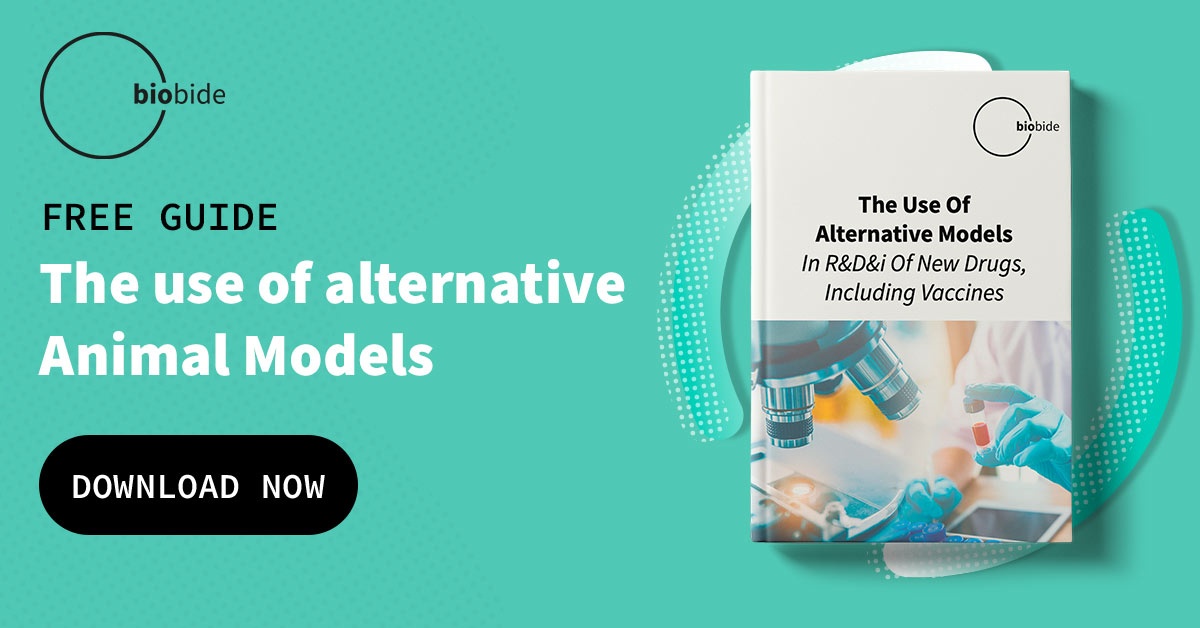There are two forms of research in pharmaceutical testing: in-vivo and in-vitro (Latin names). In-vivo means ‘within the living’ and occurs on a living organism, while in-vitro means ‘in glass’ – the testing often takes place on cultured cells in a glass testing receptacle.
In-vivo models are animals that are live (as opposed to experimentation on dead organisms). They can be rodents, dogs, cats, rabbits, pigs, fish or other animals and are specially bred for this purpose. Mice are the most commonly used model, one reason being their genetic make-up is similar to that of humans.
This article discusses in-vivo research models and their advantages.
How are in-vivo models used in drug discovery?
In-vivo models are used to test the effect a drug has on a human disease or human organs. They are a safe way to carry out research prior to a drug going to clinical trials on humans. Before a drug can be approved and marketed it goes through several stages. This process can take 10-12 years and costs on average $1.3 billion.
The research stages are:
- Drug discovery – the potential for a new pharmaceutical product.
- Target identification – identification of the disease/pathway to be targeted.
- Hit identification – the molecules that will act on the target.
- Lead generation – analysis of the performance of the drug on the target – this is when in-vivo testing takes place using animals or alternative models.
- Lead optimization – further study of the behavior of the drug, again using in-vivo
- Clinical trials – using human volunteers.
In-vivo testing is essential for accurate medical research although it may bring ethical problems if carried out on live animals. This makes alternative in-vivo models for research such as zebrafish an ideal candidate.
Is in-vivo research better than in-vitro?
Most in-vivo tests are believed to be more accurate than in-vitro as they demonstrate the effect and toxicity of a substance on a living subject. This tends to give more reliable results as an in-vivo test can replicate the impact on the living human body.
In vitro testing has limitations as it can only be performed on individual cells whereas in-vivo allows the study of the interaction between cells.
Genetic engineering allows the manipulation of cells to replicate how a substance can affect them. This is essential for new drug discovery to combat the many diseases that exist in today’s society. Cancer and Alzheimer’s disease, for example, still have no cure. Any research model that can speed up the process to discover drugs that can fight these common human diseases is beneficial.
Alternative models for in-vivo research
Zebrafish are a unique alternative research model as they sit between in-vivo and in-vitro testing. Although they are live when hatched the embryos are not classed as in-vivo until 5-6 days after fertilization. However, during these 5-6 days the embryo has totally formed and reacts to testing as if it were a live organism.
The table below shows the differences between zebrafish and mice for research purposes.
|
|
Zebrafish |
Mice |
|
Life cycle |
10-12 weeks |
50-60 days |
|
Number of offspring |
100-300 eggs per week |
6-12 pups per month |
|
Maturation time |
3-4 days |
Approx. 20 days |
|
Number of neurons |
Approx. 10,000,000 |
+ 70,000,000 |
|
Economical husbandry |
Yes |
Not as much as zebrafish |
|
Organ regeneration |
Yes |
No |
At Biobide we realize that the rapid breeding time and the cost-effective zebrafish model are major advantages in pharmaceutical research, allowing the entry in clinical drug trials at earlier stages than in the past.
The zebrafish has an added benefit as it complies with the EU 3Rs policy, which states that research on animals should be humane and ethical. The policy aims to:
- Reduce – minimize the number of animals used in experiments.
- Refine – protect animal welfare and minimize suffering.
- Replace – replace animal testing with alternative models.
Finding a solution to treat and cure the many global diseases that exist is essential. The development of models such as zebrafish has expediated and developed research methods dramatically over the past few years. Whilst there are many forms of in-vitro testing that offer an alternative to animal testing, in-vivo continues to play an important role in pharmaceutical research.





